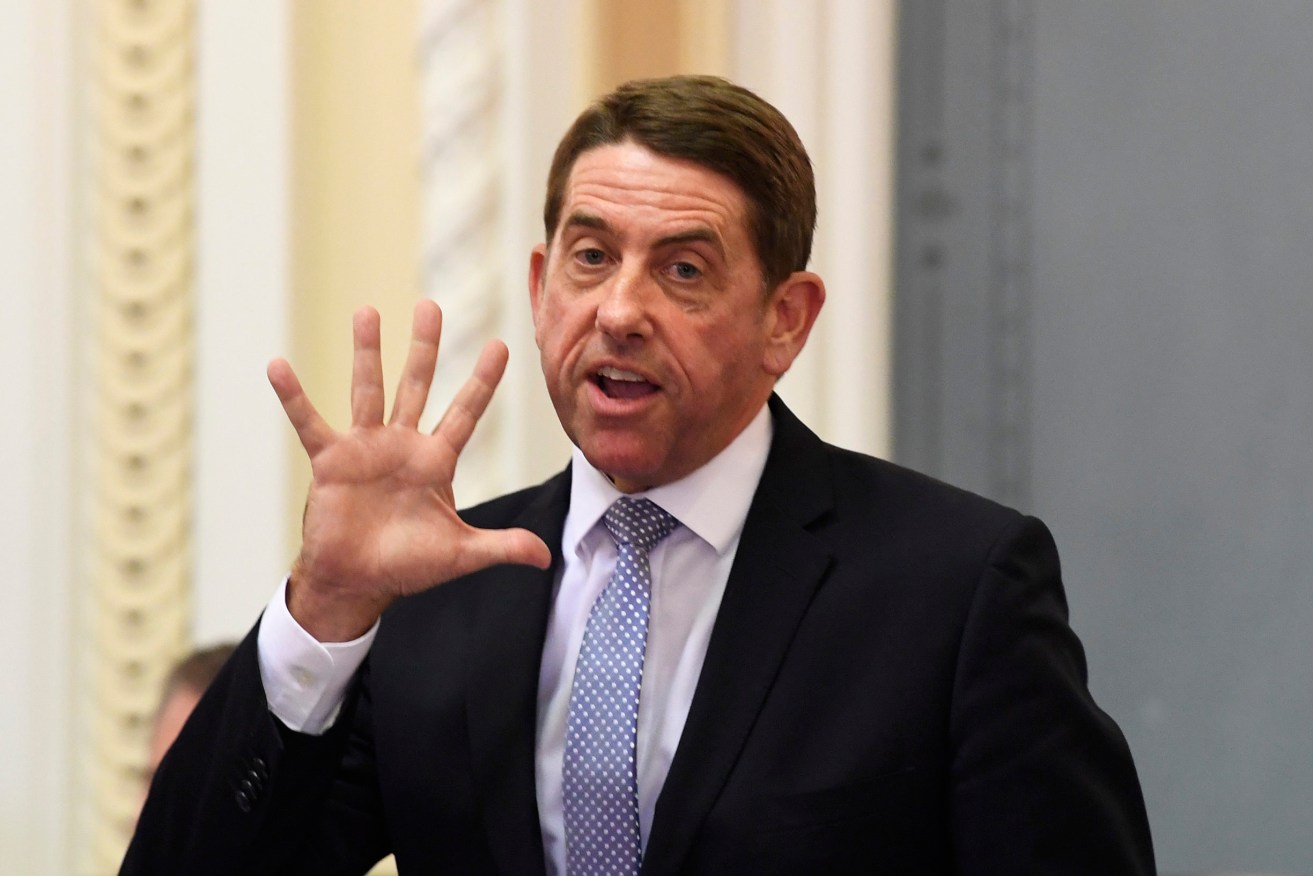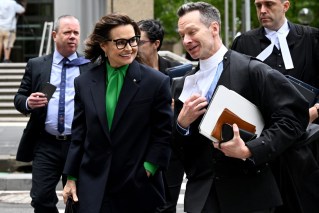Maybe the $800m Advance Qld plan was money well spent – but we’ll never know
The Queensland Audit office has scrapped a proposed review of the Queensland Government’s $800 million Advance Queensland program. What might they have found? asks Robert MacDonald


Queensland Treasurer Cameron Dick faces a handful of problems as the government heads towards its October election date.. (Photo: AAP Image/Dave Hunt)
The Palaszczuk Government has invested more than $800 million in its flagship Advance Queensland economic development strategy over the past six years.
Is it money well spent? We may never know.
The Queensland Audit Office announced last month it had cancelled a long-scheduled audit of Advance Queensland’s activities to better concentrate on assessing COVID-19’s impact on government business.
Changing times mean changing priorities. But still, it’s a lot of money and you might think the government would want to know, if only for its own policy purposes, let alone to reassure voters it hasn’t been wasting taxpayers’ money.
Or perhaps not.
In any event, in the absence of an official audit, I’ll try to do my own.
The closest I could find to a template was a 2015 audit by the New South Wales Auditor-General of government assistance to industry provided by the state’s Department of Trade and Investment, Regional Infrastructure and Services.
The NSW and Advance Queensland programs clearly aren’t the same but they involve the same idea – providing government money and support to the private sector in the name of the greater economic good.
The red flags and concerns identified in the NSW investigation would therefore seem to provide a good framework for assessing Advance Queensland.
The NSW Auditor-General found, for starters, there was “no consistent definition of industry assistance or rationale to properly justify its provision”.
The same could be said for Advance Queensland.
When Annastacia Palaszczuk launched the scheme just days after being sworn in as Premier in 2015, the idea seemed clear enough – a $50 million plan “to reinvigorate research, science and innovation to help create the well-paid knowledge-based jobs of the future”.
It also had some intellectual rigour behind it. The original Advance Queensland concept was based on recommendations from Professor Josh Lerner, Head of the Entrepreneurial Management Unit at Harvard Business School who had researched how Queensland could get maximum benefit from investing in innovation.
But Advance Queensland quickly grew, in the Government’s own words, into “a $755 million investment that is driving economic growth and creating jobs across all Queensland regions”. (Treasurer Cameron Dick has tipped in another $50 million since that pre-2021-22 budget statement.)
Dick has recently wound back some Advance Queensland programs in the name of cost savings but at its peak, up to nine government agencies were delivering a range of schemes doing everything from supporting start ups to raising Queensland’s profile as an attractive investment destination.
Dozens of different funding and grants programs sprouted up under the Advance Queensland umbrella, handing out hundreds of millions of dollars to support everything from junior YouTubers to companies exporting pet food treats.
Whatever the purity of the original Josh Lerner-inspired model, Advance Queensland had grown into something with, to use the words of the NSW audit “no consistent definition of industry assistance or rationale to properly justify its provision”.
The NSW audit also found that “reporting on the contribution of industry assistance programs is limited”.
That’s definitely the case with Advance Queensland although the State Government might disagree.
It has, after all, published more than 750 media releases promoting Advance Queensland activities.
It also says Advance Queensland programs have “helped thousands of innovators and projects to succeed”, attracted nearly $850 million in new investment to Queensland and “supported close to 20,000 jobs across the state.”
But what’s missing is how it came up with these numbers, or anything resembling a formal cost-benefit analysis.
As far as I can tell, not one of Advance Queensland’s dozens of grants or industry support schemes provides an annual accounting of its activities apart, perhaps, from some high-level numbers and summary statements.
The NSW audit also found that “not enough details are published on the recipients of assistance for some programs”.
This too applies to Advance Queensland. You can, with enough patience, find lists of Advance Queensland grants recipients, and sometimes, the amount of money they received.
But not always. Many millions of dollars of handouts are hidden behind the commercial-in-confidence curtain.
The NSW Auditor-General’s summary of its audit findings included the following observations:
“The Department was unable to demonstrate that the direct assistance it provided to industry was effective in achieving long term industry development objectives.
“The NSW Government does not have an overarching rationale that identifies the circumstances under which the use of direct industry assistance is justified.
“The lack of principles or guidelines around when it is appropriate to provide public money to private businesses for the purpose of industry development is a concern for accountability.”
Could the same be said of the Queensland Government’s Advance Queensland program?
I’d say that in the absence of a formal audit to prove otherwise, the answer is a clear “yes”.












